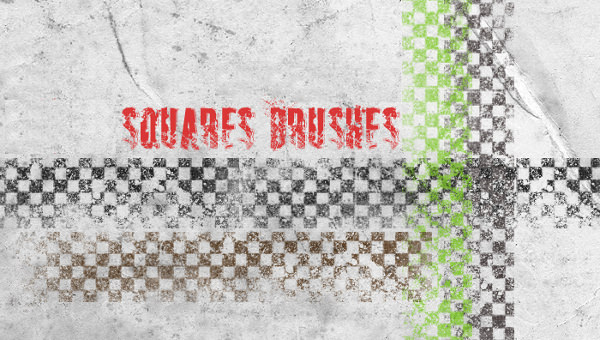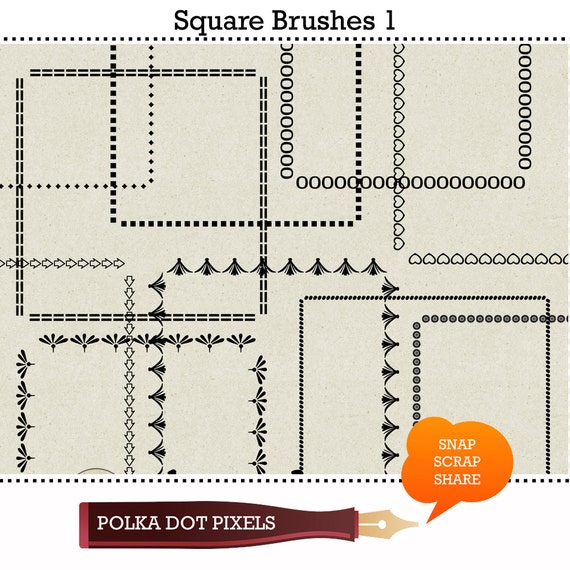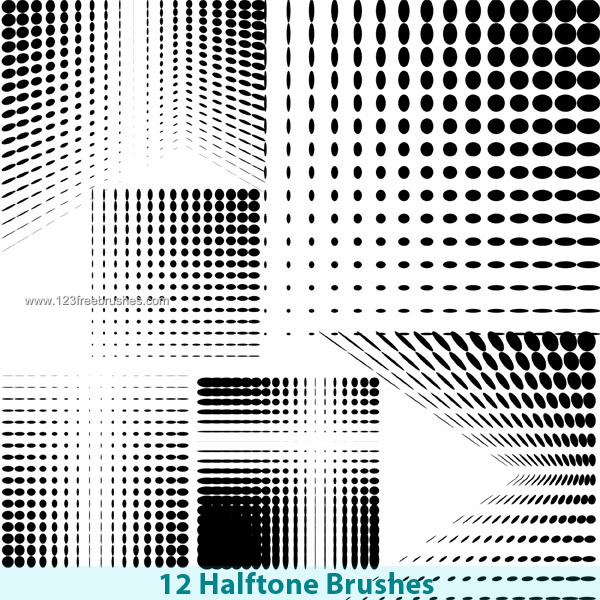
If I get feedback that it would be valuable, I could do another simple brush tutorial on creating textural or scatter brushes. Play around and start to tweak some of the default brushes you already favor. I’d encourage you to also take the default hard round and see what happens when you adjust various brush settings, like Brush Tip Shape-Spacing (clue: you should start to see polka dots), or Hardness (lowering should give a sort of airbrush edge). With the above experience of creating one simple but useful brush, you’ve sort of done the Hello World! of brush settings, but can now start to reverse engineer certain brushes you like to try to identify how they created the effect.

abr file and you might want to back that up (I copy mine over to Dropbox from time to time). With those, you can create a folder for your brush set, and drag your brushes in to it, and then export them for later use.

In the brush panel you used to create the brush preset, the same flyout menu we’ve been using also has options to create a New Brush Group (a folder) and Export Selected Brushes. Without going in to details on saving brush presets, here’s a clue. Saving a new brush is done via the New Brush Preset dialogįwiw, I blocked in most of the top illustration using this exact brush until I got to the detailed work and textural effects.

I should start by mentioning that a lot of this material assumes you have a tablet and Photoshop CC (your mileage may vary otherwise).



 0 kommentar(er)
0 kommentar(er)
